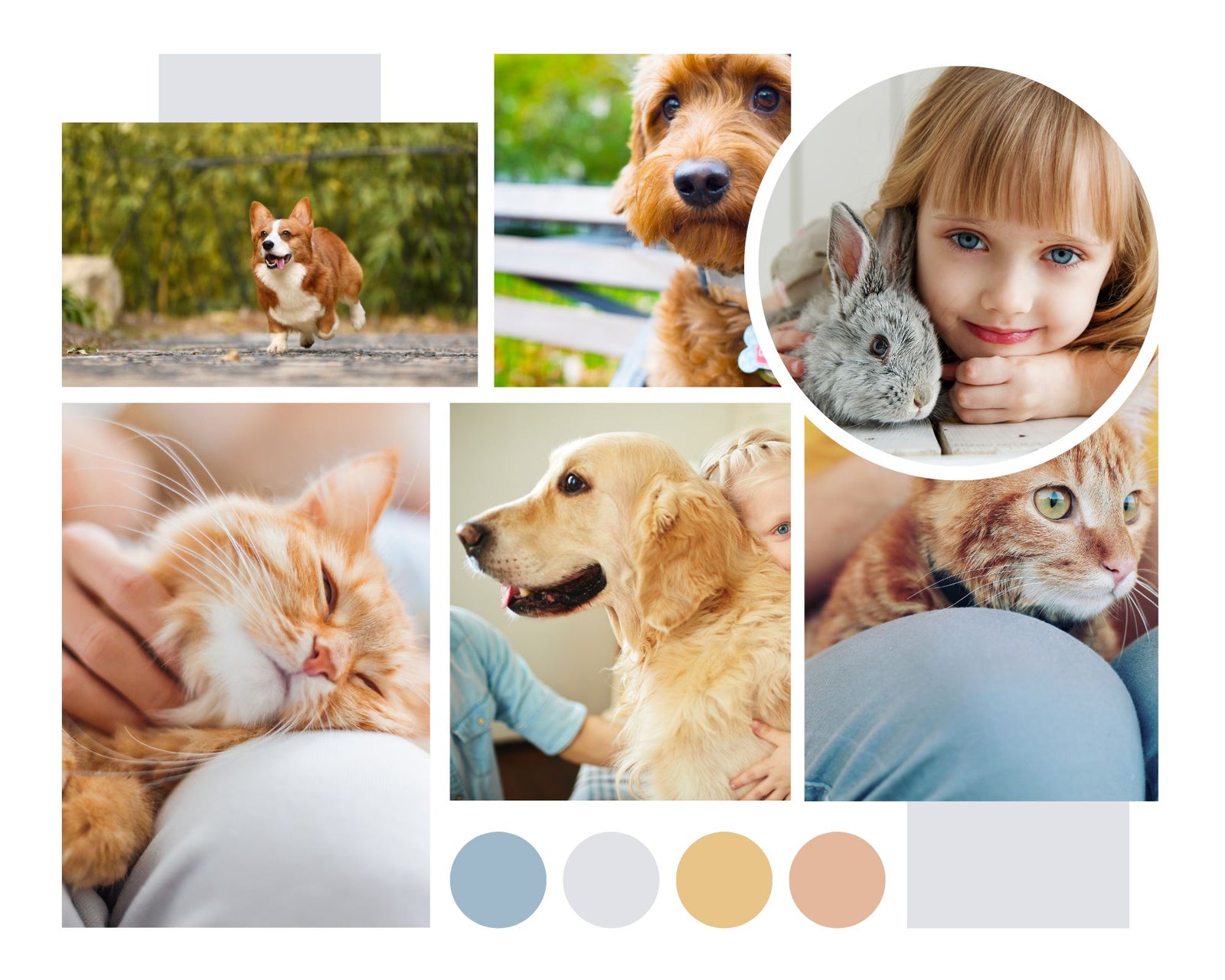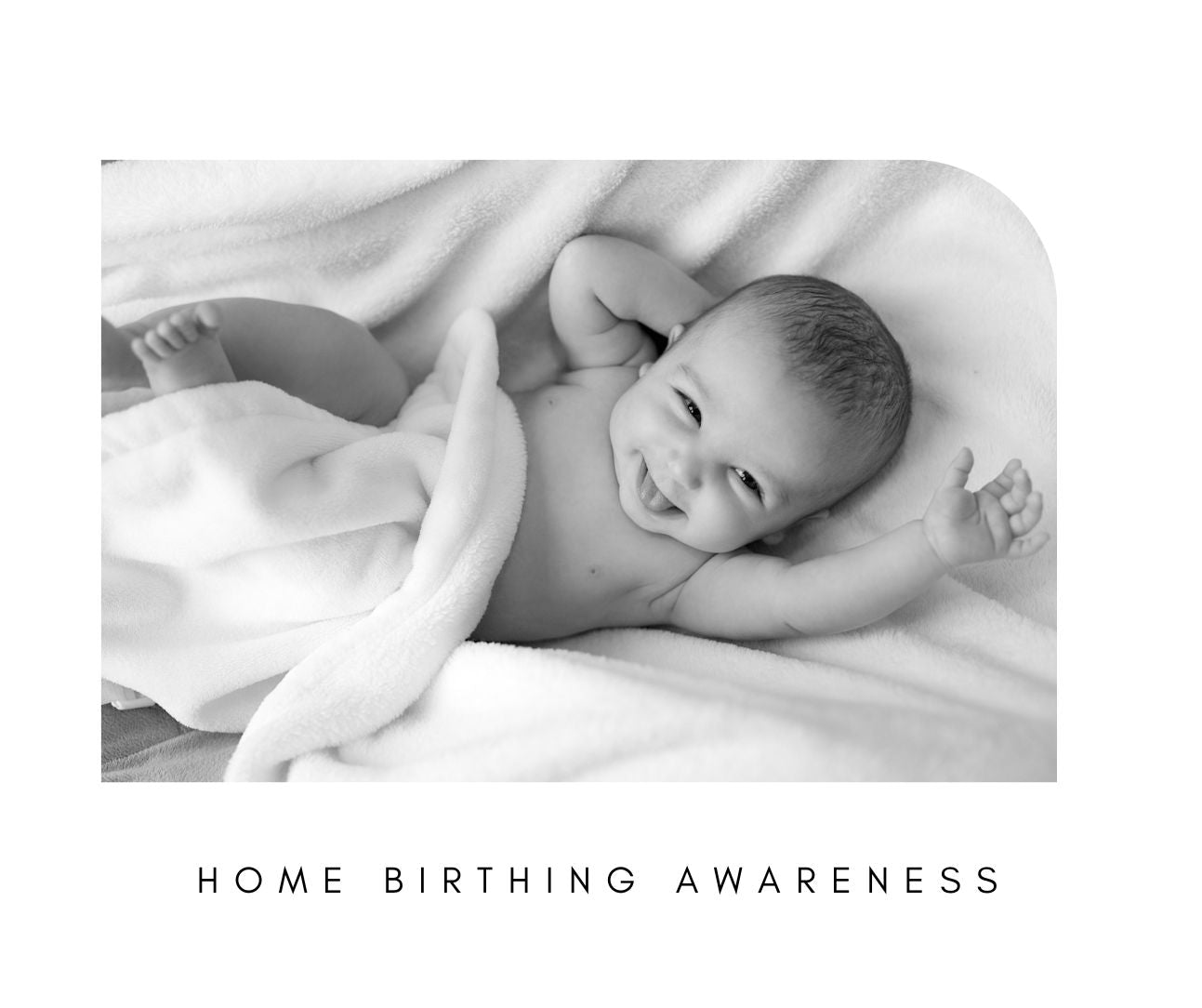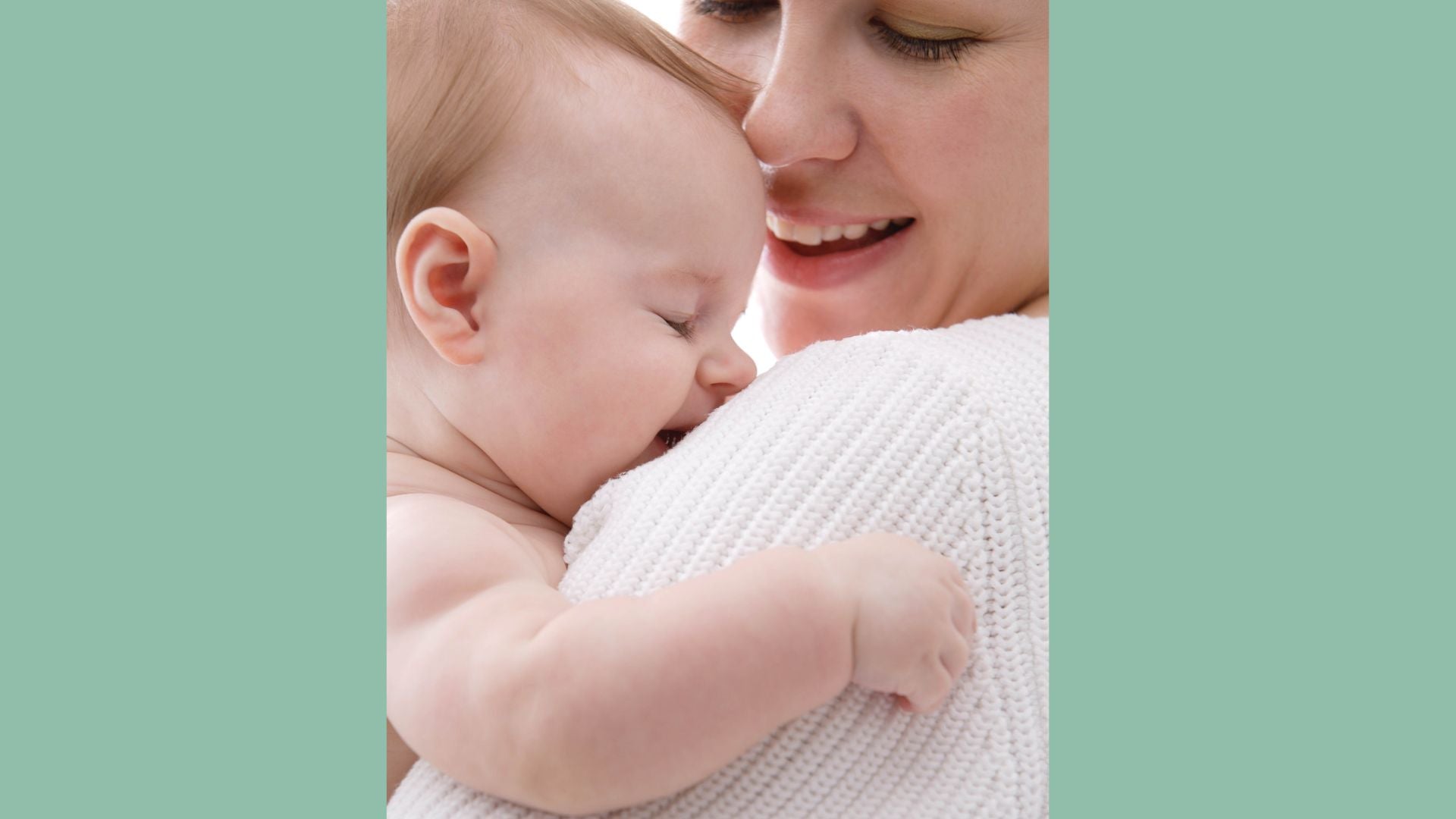Baby-Pet Bonding

Creating a Safe and Loving Bond Between Your Baby and Pet
Welcoming a new baby into your home is a joyous occasion, but if you're also a pet owner, you might be wondering how to foster a harmonious relationship between your pet and your new child. This guide will walk you through the process of creating a safe and loving bond between your baby and pet, ensuring a happy household for all.
Understanding the Importance of Baby-Pet Bonding
Baby-pet bonding isn't just about creating a picturesque family scene; it's vital for the well-being of both your child and your pet. Pets can offer emotional support, teach responsibility, and even improve social skills in children. On the flip side, pets also benefit from the companionship and attention they get from interacting with a baby.
Studies show that children who grow up with pets are less likely to develop allergies and asthma. Additionally, having a pet around can reduce stress and anxiety in children and foster empathy and compassion. Understanding these benefits is the first step in appreciating why fostering a strong baby-pet bond is so important.
Preparing Your Pet for the New Arrival
Before your baby comes home, it's crucial to prepare your pet for the changes ahead. Start by gradually introducing new baby scents and sounds. For instance, play recordings of a baby crying and use baby lotions so your pet can become accustomed to these new smells and noises.
Creating a safe space for your pet is also essential. Set up a room or corner where your pet can retreat when they need some time alone. This area should be off-limits to the baby to ensure your pet has a stress-free sanctuary. Lastly, consider using baby gates to manage your pet's access to certain areas of the house.
Gradual Introductions
When the big day arrives, introduce your pet to your baby gradually. Allow your pet to sniff the baby while you maintain a close watch. It's best to keep these initial interactions short and positive, rewarding your pet with treats and praise for good behaviour around the baby.
Supervised, controlled meetings are key. Over time, increase the duration of these interactions, always keeping a close eye on both your baby and your pet. Remember, patience is crucial during these early stages.
Maintaining Routine and Normalcy
Pets thrive on routine, so it's important to keep their schedule as consistent as possible. Continue with regular feeding times, walks, and play sessions. A sudden shift in attention and routine can cause your pet to feel neglected or anxious, which could negatively impact their relationship with the new baby.
Incorporate your baby into your pet's routine to create positive associations. For example, take your baby along on walks or have them nearby during playtime. This helps your pet see the baby as a part of their daily life rather than an intruder.
Creating Positive Associations
Positive reinforcement can go a long way in fostering a baby-pet bond. Reward your pet with treats, praise, and affection when they behave well around the baby. This creates a positive association with the baby's presence, reinforcing good behaviour.
You can also involve your baby in this process as they grow. Encourage your child to give the pet treats or offer gentle pats, always under close supervision. This mutual interaction builds trust and friendship between your baby and pet.
Ensuring Safety for Both
Safety is paramount when it comes to baby-pet interactions. Never leave your baby and pet alone together, no matter how well they seem to get along. Accidents can happen, and it's your responsibility to ensure both are safe.
Regularly check your pet's health and hygiene. Make sure they’re up-to-date on vaccinations and free from fleas and ticks. Cleanliness is especially important when you have a baby in the house.
Teaching Gentle Touch
One of the most important lessons your baby will learn is how to touch the pet gently. Demonstrate and guide your child’s hands to show them how to pet softly. Reinforce this lesson consistently as your baby grows and starts exploring more actively.
Using soft toys to practice can be helpful. Show your baby how to stroke and handle the toy gently, then apply the same principles when they interact with the pet. Over time, this will teach your child to treat the pet with kindness and respect.
Involving Older Siblings
If you have older children, involve them in the baby-pet bonding process as well. Teach them about gentle touch and positive reinforcement. Older siblings can play a key role in modelling good behaviour for both the baby and the pet.
Encourage older children to help with pet care activities like feeding and grooming, under supervision. This not only fosters a sense of responsibility but also strengthens the bond between all family members.
Recognizing Pet Stress Signals
Pets communicate through body language, and it's crucial to recognize signs of stress or discomfort. Look for signals such as excessive panting, whining, or pacing. If your pet shows any of these signs, it's time to give them some space and reassess the situation.
Understanding and responding to these signals promptly can prevent negative interactions and ensure a harmonious environment. If stress signals persist, consult your veterinarian or a pet behaviourist for additional guidance.
Encouraging Mutual Play
Playtime can be a great way to foster bonding between your baby and pet. Choose activities that are safe and enjoyable for both. For example, rolling a ball for your pet to fetch while your baby watches can be entertaining for all.
Interactive toys can also be helpful. Puzzle toys that dispense treats can engage your pet while allowing your baby to observe and learn. Always supervise these play sessions to ensure safety.
Building Lasting Memories
Capturing moments of your baby and pet together can create lasting memories. Take photos and videos of their interactions to cherish these special moments. These keepsakes will serve as beautiful reminders of their growing bond.
Sharing these memories with friends and family can also spread joy and inspire others to foster baby-pet relationships. Plus, it's a wonderful way to document your family's unique journey.
Handling Challenges
Despite your best efforts, challenges may arise. Your pet might become jealous or your baby might have an allergic reaction. Address these issues promptly and seek professional help if needed.
Consulting a veterinarian or a paediatrician can provide valuable insights and solutions. Remember, patience and persistence are key to overcoming any obstacles in the baby-pet bonding process.
Fostering Lifelong Friendships
The ultimate goal of baby-pet bonding is to foster a lifelong friendship between your child and your pet. This relationship can teach your child empathy, responsibility, and unconditional love. It also provides your pet with a loyal companion and a source of joy.
By following these steps and maintaining a positive, patient approach, you can create a loving and safe environment where both your baby and pet can thrive.
Final Thoughts
Creating a bond between your baby and pet is a rewarding experience that benefits the entire family. With careful preparation, gradual introductions, and ongoing supervision, you can ensure a harmonious relationship that brings joy and love to your home.
For personalised advice and support, consider speaking with a professional pet trainer or child development expert. They can offer tailored guidance to help you navigate this exciting journey.
Thank you for joining us on this adventure of baby-pet bonding. We hope you found this guide helpful and inspiring. Here’s to many happy moments and lasting memories with your baby and pet!
~jinki.com




